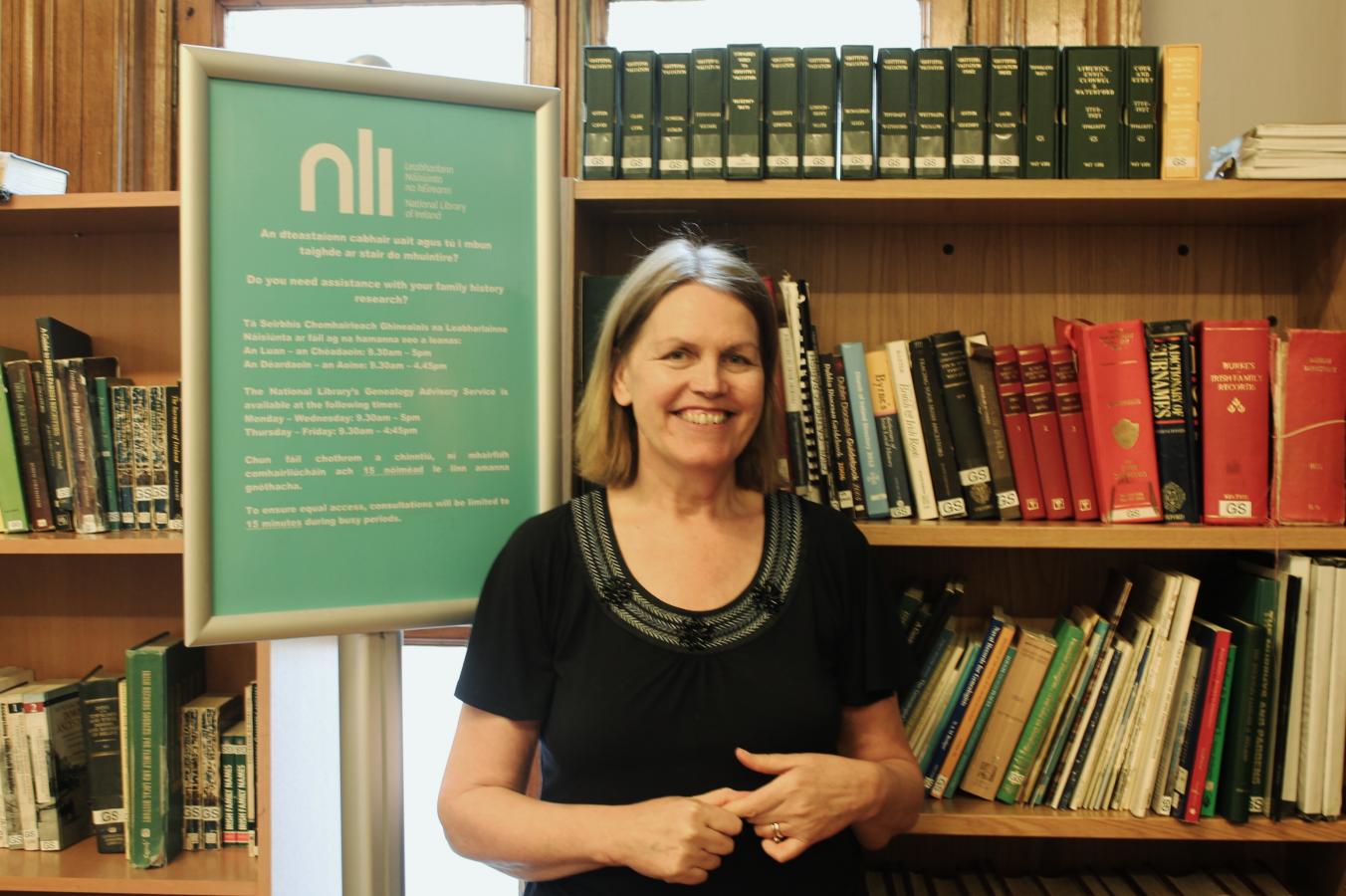If you have been researching for a very long time and have made good progress, then this research tip is not for you.
This week, I thought I would go back to basics to look at one of the building blocks of family research, the census. For many, the starting point may be our grandparents’ names and approx. year of birth. We can usually work from memory that Grand dad died in such and such and a year, when I was x years old and deduce he must have been born in such and such a year.
Let us imagine the search is for grandfather Daniel, born in Dublin in 1893. The key place to begin would be the nearest census. In an Irish and UK context that would be the 1901 Census. In a US context that would be the 1900 Federal Census.
In this example, we should expect to find Daniel in Dublin as a young child. The very great hope would be to find Daniel living with his parents and perhaps brothers and sisters. In this example, Daniel could be identified with his parents, and there, straight away, you will now have identified your great grandparents as John and Sarah. Not only that, but you will have learnt when and where John and Sarah were born. It may be a cause of dismay to discover, as in this case, that one’s Dublin roots only date to the 1890s. But you will have learnt that Dubliners are hybrids made up of people from every county. You will have learnt that your great grandparents were internal migrants within the island, part of that great wave of hope that the city’s streets could offer opportunities to all. From that time on, the family threw in their lot with the city, and identified themselves as Dubliners. But the fun of family history is then to take the next step back , this time in to civil records to look for the marriage of Daniel’s parents….. bringing you to another record set, the records of the General Records Office.
By Expert Researcher,
Carmel Gilbride
